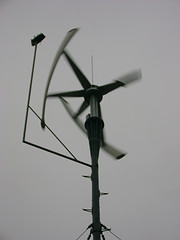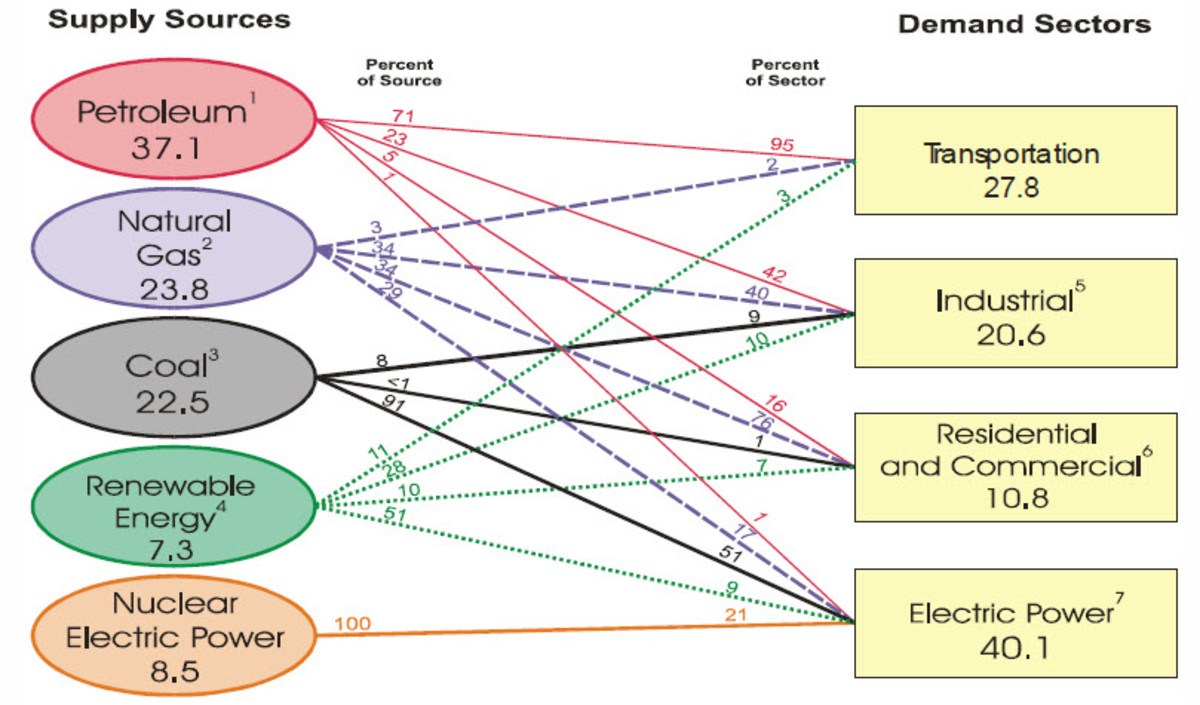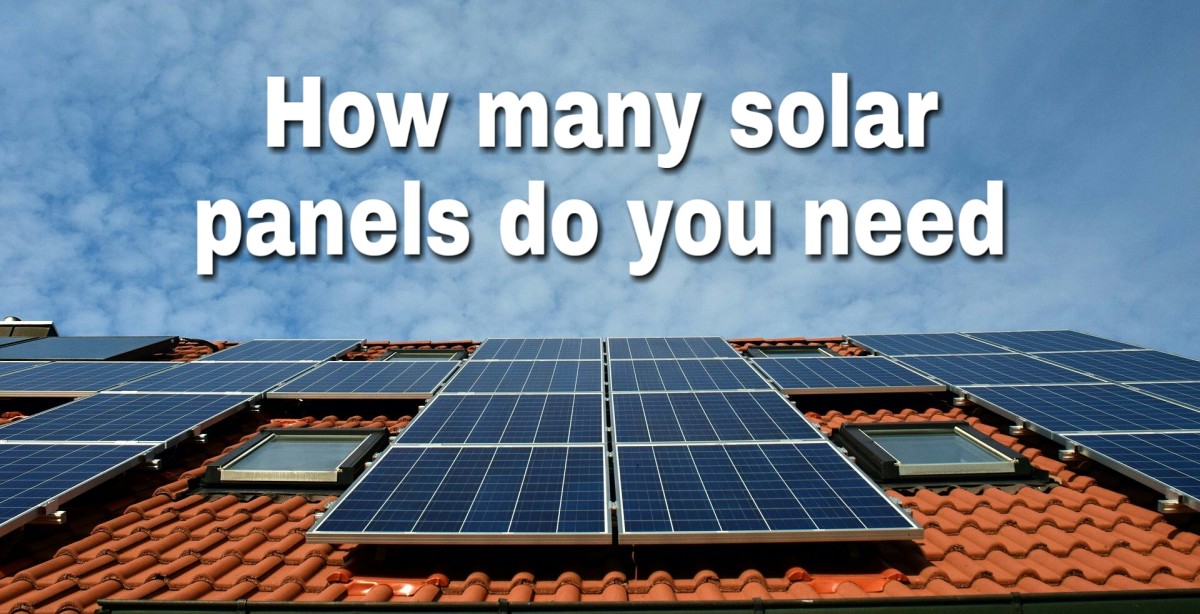DIY Vertical Wind Power Generators and turbines – Calculating energy output.
DIY Vertical Wind Generators are in principle a good idea if you want to save a little bit of money on your energy bill and maybe do a little bit of good for the environment; but how do you know how much energy one little generator will produce? If you are like me then you wouldn’t have a clue how do you go about working it all out?

OK Here’s the maths bit…
Working out the power generated looks like a complicated affair, but bear with me. We’ll first look at the possible energy produced for turbines with 2ft blades in winds of 10mph at sea level.
To do the calculation needed we first need to do a few conversions. We need to convert the length of the blades to meters:-
2ft=0.609m.
We then need to convert the wind speed to meters per second. 10mph = 4.47m/s. OK, we are now ready to do the calculations.
The formula used to calculate the energy available in the wind is:-
.5 x air density x swept area x (wind velocity cubed)
The air density is 1.23kg per cubic meter at sea level.
The calculation for swept area is as follows:-
Swept area = pi x r squared.
Pi = 3.14
R squared = (blade length in meters squared)
= 0.609 squared = 0.37
=3.14 x 0.37 = 1.16
The Wind Velocity Cubed is:-
4.47m/s cubed (x3 on the calculator) = 89.315
The Final Calculation:-
.5 x 1.23 x 1.16 x 89.315 = 63.7 Watts per hour for a turbine with 2ft blades at sea level in average wind speeds of 10mph.
Variables
Of course this calculation is only a simple estimate of how much power output DIY vertical wind generators will generate and if anything else the power output is very much of the generous side. The calculation above is based on the generator operating at 100% efficiency. That is never going to happen as generators can only operate at 59% efficiency at best, and they rarely reach this.
Vertical and Horizontal wind generators have different levels of power efficiency. After searching the internet we can expect a 50% efficiency for horizontal wind generators and between 10 and 40% efficiency for vertical wind generators. You can see the calculations for the possible power output of DIY Vertical Wind Generators and horizontal wind generators here.





